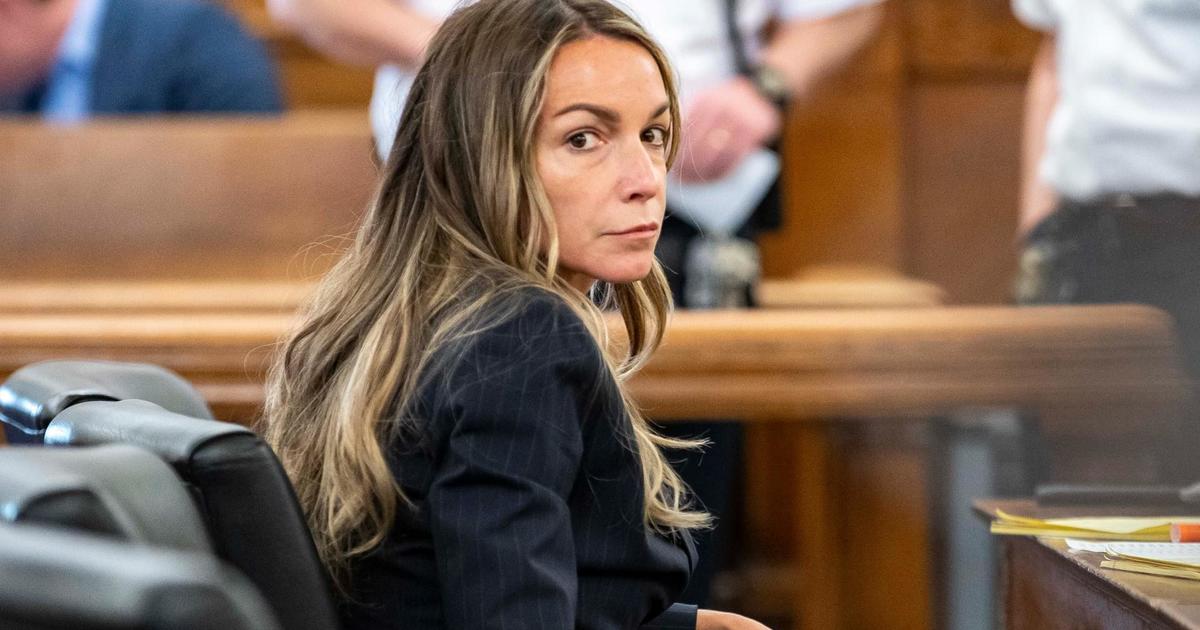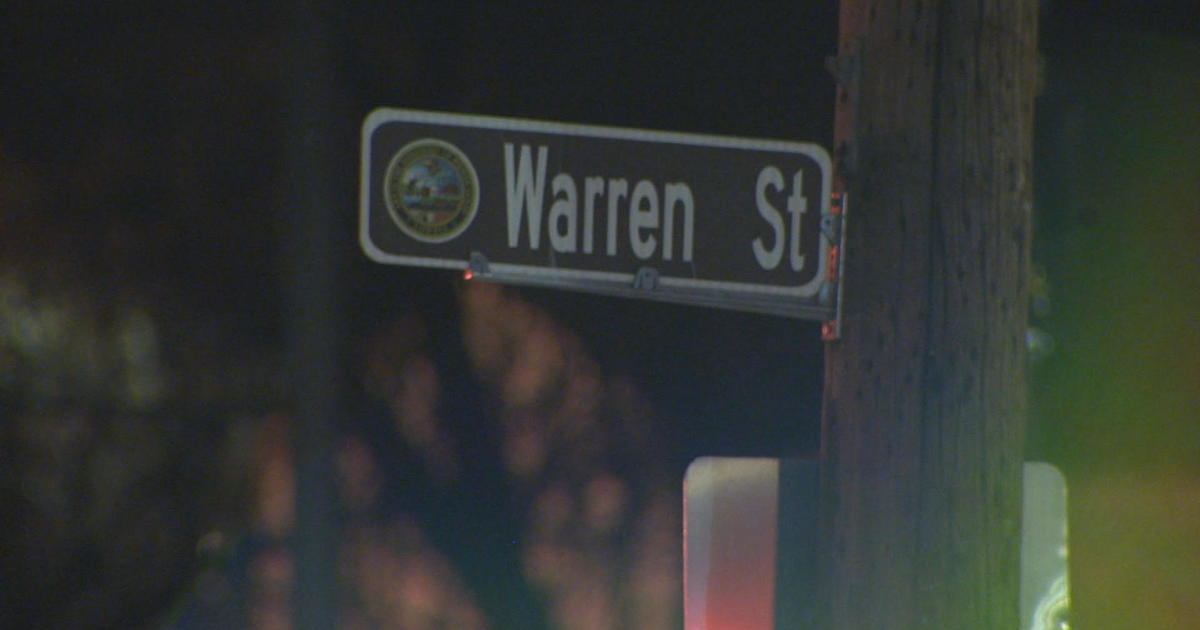Karen Read trial protesters will have "buffer zone" outside courthouse
DEDHAM – The judge in Karen Read's second-degree murder case agreed there should be a "buffer zone" pushing protesters back from the courthouse during the upcoming trial. Judge Beverly Cannone has ordered protesters to stay 200 feet away from the courthouse.
Read is charged with hitting and killing her boyfriend, Boston police officer John O'Keefe, with her SUV during a snowstorm in 2022. Read has pleaded not guilty in the case and her defense alleges she is being framed as part of a coverup.
How far will crowds be pushed back during Karen Read trial?
Large crowds have been present outside Norfolk County Superior Court in Dedham throughout months of proceedings. Often protesters have worn shirts and held signs with messages such as "Free Karen Read."
The prosecution requested a buffer zone keeping protesters at least 500 feet away, saying it was an effort to maintain an unbiased jury pool. The government also sought to ban supporters from having any signs or other items near jurors.
Judge Cannone heard from prosecutors and Read's defense during a hearing on Thursday. At the conclusion of the hearing, Cannone said she agrees there should be buffer zone, but added that 500 feet is "far too excessive."
Cannone's ruling says, "no individual may demonstrate in any manner, including carrying signs or placards, within 200 feet of the courthouse complex during the trial of this case, unless otherwise ordered by this Court."
The complex includes the Norfolk Superior courthouse building and the parking area behind the Norfolk County Registry of Deeds building.
Individuals are also prohibited from using "audio enhancing devices while protesting."
Police uniforms prohibited
The judge also ruled that law enforcement officers who are testifying or are members of the audience will be prohibited from wearing their uniforms or police emblems in the courthouse during the trial.
People will also not be allowed to "wear or exhibit any buttons, photographs, clothing, or insignia, relating to the case."
ACLU weighed in on proposed buffer zone
Those who opposed the order argue it infringes on First Amendment rights.
Tanis Yannetti, one of Read's attorneys, said during the Thursday hearing that the defense takes no position on the motion.
"We believe this is between the Commonwealth and the Constitution," she said.
The American Civil Liberties Union (ACLU) asked Cannone in a filing to reject the proposed buffer zone.
"There are serious reasons to doubt that orders of the scope sought by the Norfolk District Attorney's Office can be justified consistent with free expression principles, protected both by the First Amendment of the United States Constitution and Article 16 of the Massachusetts Declaration of Rights," the ACLU wrote.
What the judge said about a buffer zone
"I do find that an external buffer zone is appropriate and that we do need prudent regulation on in-court expression. But the 500 feet is far too excessive," Cannone said. "So I recognize that my obligation is that I must reasonably accommodate the rights of all people to protest in a meaningful way while ensuring above all here that this case is decided fairly based on the evidence without any undue interference from outside pressures or influence in accordance with the law and that's what I will do."
The trial is currently scheduled to begin on April 16.
First Amendment argument
Marc John Randazza is a First Amendment lawyer. He represents protesters who are supporting Read.
Randazza told WBZ-TV that Cannone has every right to restrict displays inside the courtroom. But he argues that what happens outside she cannot control.
"The judge doesn't have jurisdiction over the streets," Randazza said.
Other buffer zones
WBZ-TV legal analyst Jennifer Roman disagreed with Randazza's statement, saying Cannone likely does have the ability to limit what happens outside the courthouse.
"It's all part of court's authority for how they administer fair justice and that we have a jury pool protected from harassment or undue influence. It's well within their authority to do so," Roman said.
Roman cited abortion clinics and voting centers as examples of buffer zones used to protect constitutional rights.



